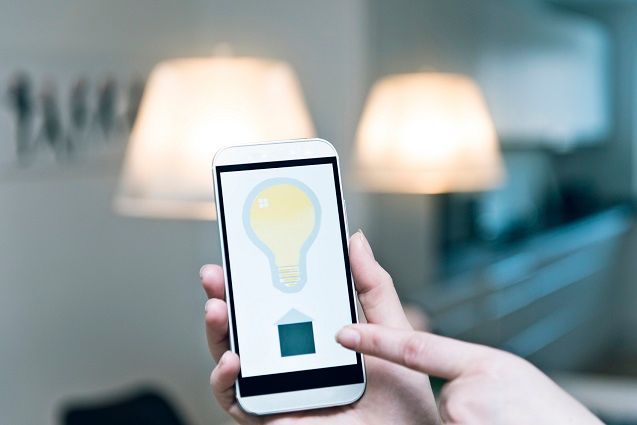4 Smart Office Questions To Ask Before You Buy
Updated January 30, 2025: Picture the doorbell ringing while you are in your upstairs office. Is it a salesman or a delivery you have been expecting? One look at your cell phone shows it is the delivery man, and you can choose to let him in or sign for the package.
The day has arrived when Internet of Things (IoT) products could offer consumers more options for running a business from home. Yet the current demand for such items is at the “things to play with" stage because the connected home office does not now have many connected devices, says Mike Krell, a lead IoT analyst at Moor Insights & Strategy, an Austin, Texas-based research analysis and consulting firm that focuses on disruptive technologies.
Still, some connected devices can make your office smarter even now. The good news is that making a connected home office more comfortable, secure, and adaptable to the Internet does not require a lot of money. But before diving in, consider these details.
Should I buy or rent the connected devices and technology?
Most of the separate devices needed can be bought relatively inexpensively from different vendors. Renting is not required. Krell refers to some devices as “environmentals," including thermostats, connected lighting, and electric window shades. The products can be bought online at Amazon or from local retail stores like Best Buy, Lowe's, and Home Depot.
How much should I think about budgeting to build my connected office?
Say you are considering kitting your smart home office with a Wi-Fi-enabled router, printer, connected light bulbs, and other gizmos. Krell figures the cost should range between $200 and $1,200, depending on the type of business and connected devices used. The plus side is that once installed, many of these devices are accessible anywhere you want to work—as long as there's a Wi-Fi connection.
What can I expect from building a connected office?
Krell says the biggest benefit of installing connected devices today is saving money. For instance, a Honeywell or Nest thermostat could help cut energy costs. Just as you can check voicemail and email remotely, users can heat or cool an office before arriving, reducing energy costs by keeping thermostats off when the office is empty. Other savings can be found through automating tasks.
For example, if your office is on the sunny side of the house, Lutron creates a series of smart devices that can know when to lower the shades. Nest's smart thermostat can adjust the air conditioning and fan to make it right for your daily usage. Printers will track all your consumables like paper and ink and have them waiting for you at home when you need them — even tell you before your printer breaks that it needs service. All these things will be seamlessly taken care of by voice and from any location you happen to be in.
Will every IoT product work with each other?
That's a good question. As in the computer space, some systems do not work well with others. While one app may be compatible in both a PC and Mac world, not all are. IoT devices are the same. You'll want to look at the tools and the networks each products works with before putting down your credit card. For example, Lutron'smotorized shades will work with Honeywell and Nest thermostats. But Nest thermostats do not currently speak with products that run on the IoT system supported by Lowe's, called Iris. Consider the tools you'll want for your smart office and ask before buying.
What connected features should I expect to find?
For those that are interested in experimenting today, printers and environmental hardware is available now. They can be used in combination with software products like IFTTT, allowing you to create “recipes" to automate a variety of tasks. Gartner analyst Nick JoPrinters and environmental hardware are available now for those business products, which will become scanners, security shredders, and smart waste bins. Plus, smart homes off which allows should expect to see connected devices become easier to integrate, says Krell., to become “smart" by 2025
“You can begin to see the power of IoT and how it will affect your home office today and in the future," Krell says.
- Jeffrey McKinney
Remember to use GearBrain, our smart home compatibility find engine. It can help you find, buy, and connect any smart device and find compatible products that work with your existing smart-connected devices, Google Assistant, Apple HomeKit, and Amazon Alexa-enabled devices.
